Chalice Coral Care Guide – Echinophyllia Care, Feeding & Lighting Tips
Introduction
Chalice corals (Echinophyllia species) are large polyp stony corals known for their unique, plate-like growth and striking coloration. Their fleshy, undulating polyps make them a vibrant addition to any reef tank. With moderate lighting, gentle flow, and occasional feeding, Chalice corals thrive and display their distinctive textures and patterns.
Scientific Name & Identification
Chalice corals (Echinophyllia species) are identifiable by their broad, plate-like structures, often with undulating edges. Polyps can be round or slightly elongated, and colonies typically display vivid colors with contrasting centers or patterns. Polyps fully extend during the day and at night, showing their characteristic patterns and texture.
Natural Habitat
Native to the Indo-Pacific, Chalice corals are usually found on reef slopes and lagoon areas with low to moderate water flow. These natural conditions guide ideal aquarium placement and care.
Aquarium Care & Setup
Temperature: 74–80°F (23–27°C)
pH: 8.1–8.4
Salinity: 1.024–1.026
Flow: Low to moderate, enough to bring nutrients to the polyps without blasting the plates
Lighting: Moderate, ideally 50–150 PAR. Avoid direct high-intensity lighting to prevent bleaching
Placement: Sandbed or lower rockwork with space around colonies to prevent stinging
Feeding Chalice Corals
Chalice corals benefit from occasional target feeding. Their polyps extend at night and will accept small meaty foods such as mysis shrimp, brine shrimp, or coral-specific pellets. Feeding 1–3 times per week promotes coloration, polyp expansion, and healthy growth.
Growth and Behavior
Chalice corals form plate-like colonies with undulating surfaces. They are semi-aggressive, extending sweeper tentacles at night to protect their space. Polyps expand both day and night, adding movement and color to the reef.
Tankmates
Chalice corals are compatible with most peaceful reef fish and invertebrates. Avoid aggressive species that may nip at the polyps. Ideal tankmates include tangs, gobies, cleaner shrimp, and snails.
FAQs about Chalice Corals
Are Chalice corals easy to keep?
Yes, moderately hardy with stable water conditions and moderate lighting.
Do Chalice corals need to be fed?
Yes, occasional target feeding 1–3 times per week boosts color and growth.
What lighting do Chalice corals need?
Moderate lighting (50–150 PAR). Too much light can cause bleaching; too little may reduce color vibrancy.
Where should I place Chalice corals in my tank?
Lower rockwork or sandbed with low to moderate flow. Ensure space to avoid stinging other corals.
Will Chalice corals sting other corals?
Yes, semi-aggressive with sweeper tentacles at night. Proper spacing prevents coral conflicts.
How fast do Chalice corals grow?
Growth is moderate and depends on lighting, flow, and feeding. Colonies expand outward over time.
Conclusion
Chalice corals (Echinophyllia species) are visually striking LPS corals that add texture, color, and movement to any reef aquarium. With moderate lighting, gentle flow, proper spacing, and occasional feeding, they thrive and display their signature plate-like formations. They are a must-have for LPS enthusiasts seeking eye-catching corals.
Shop Chalice Corals


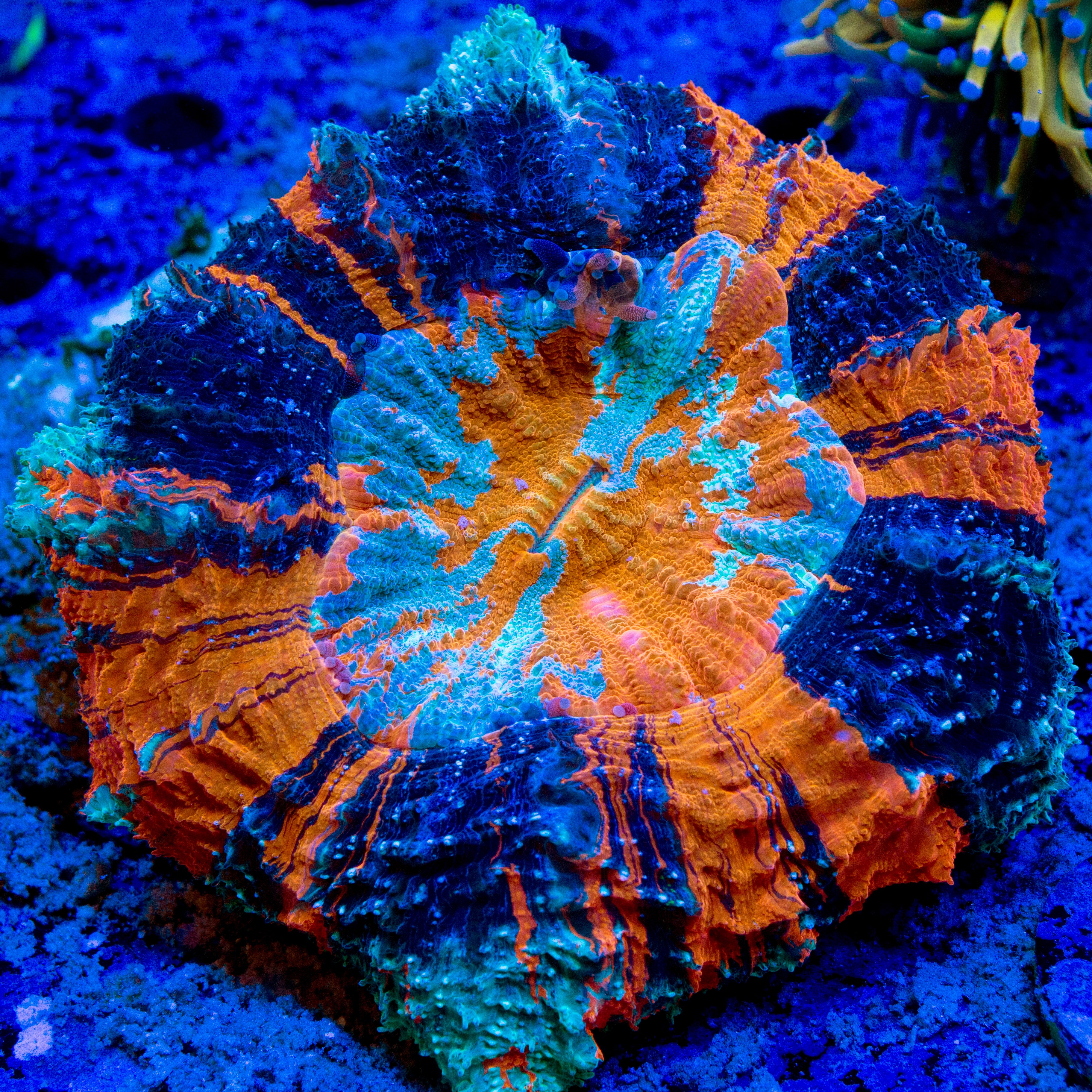
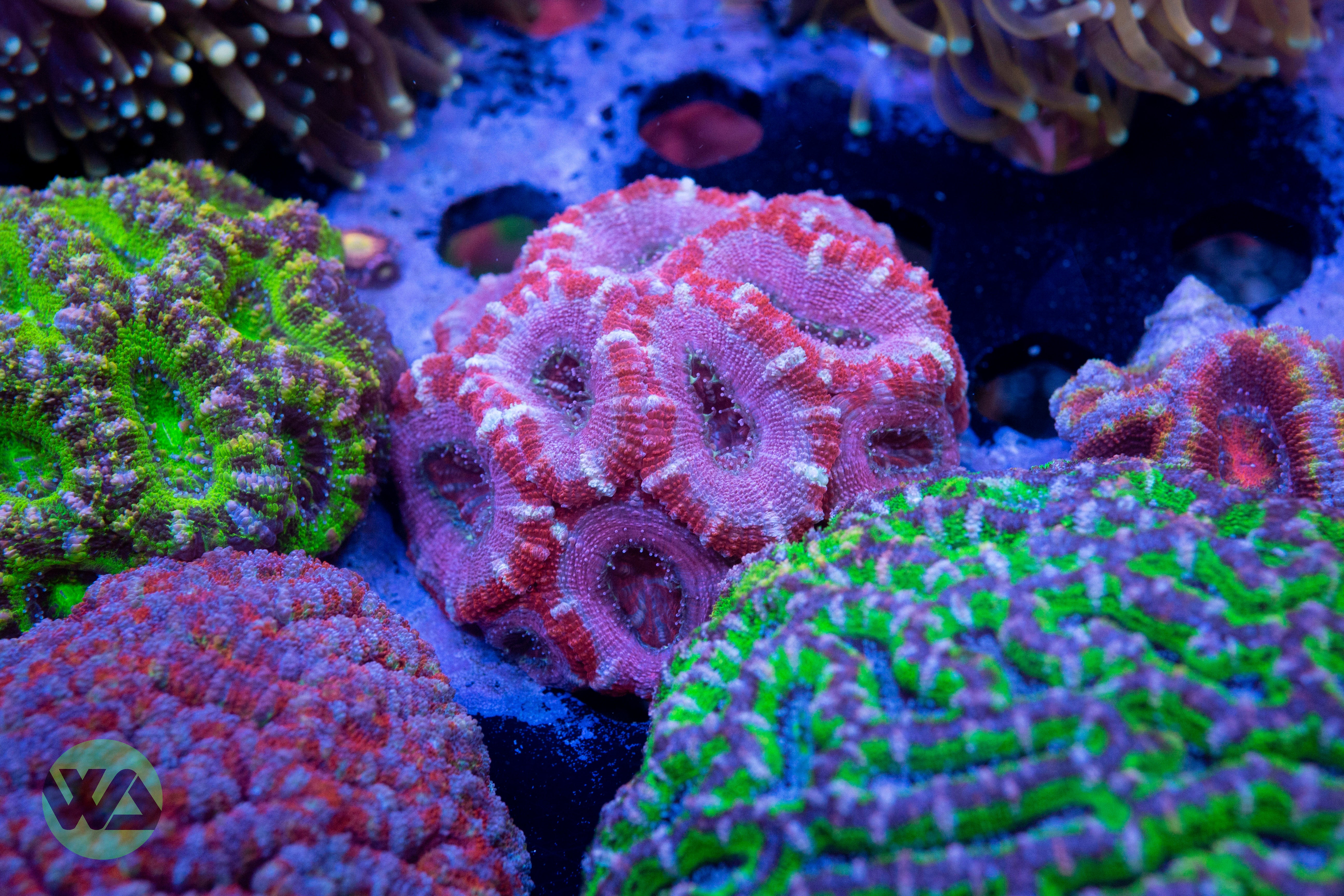
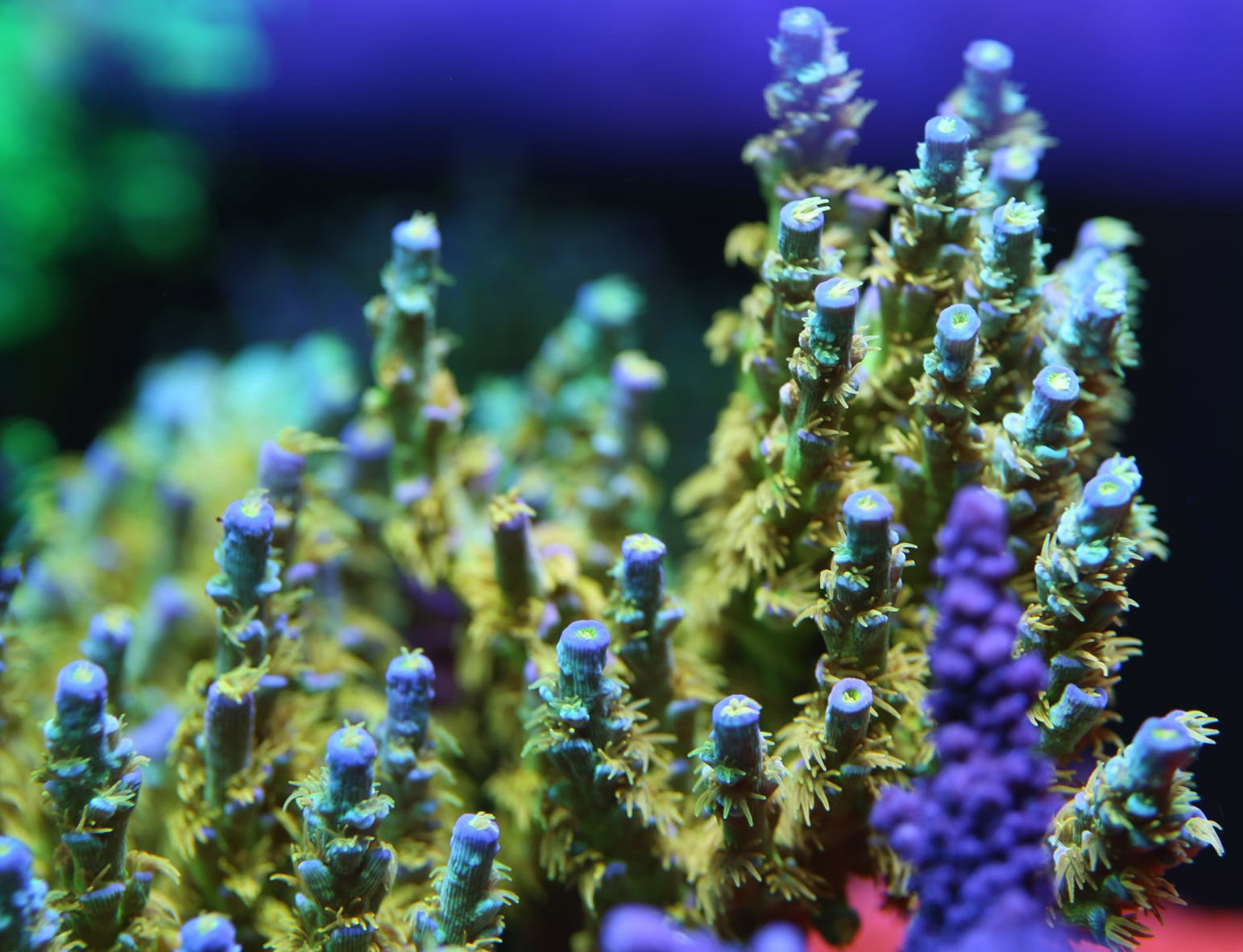
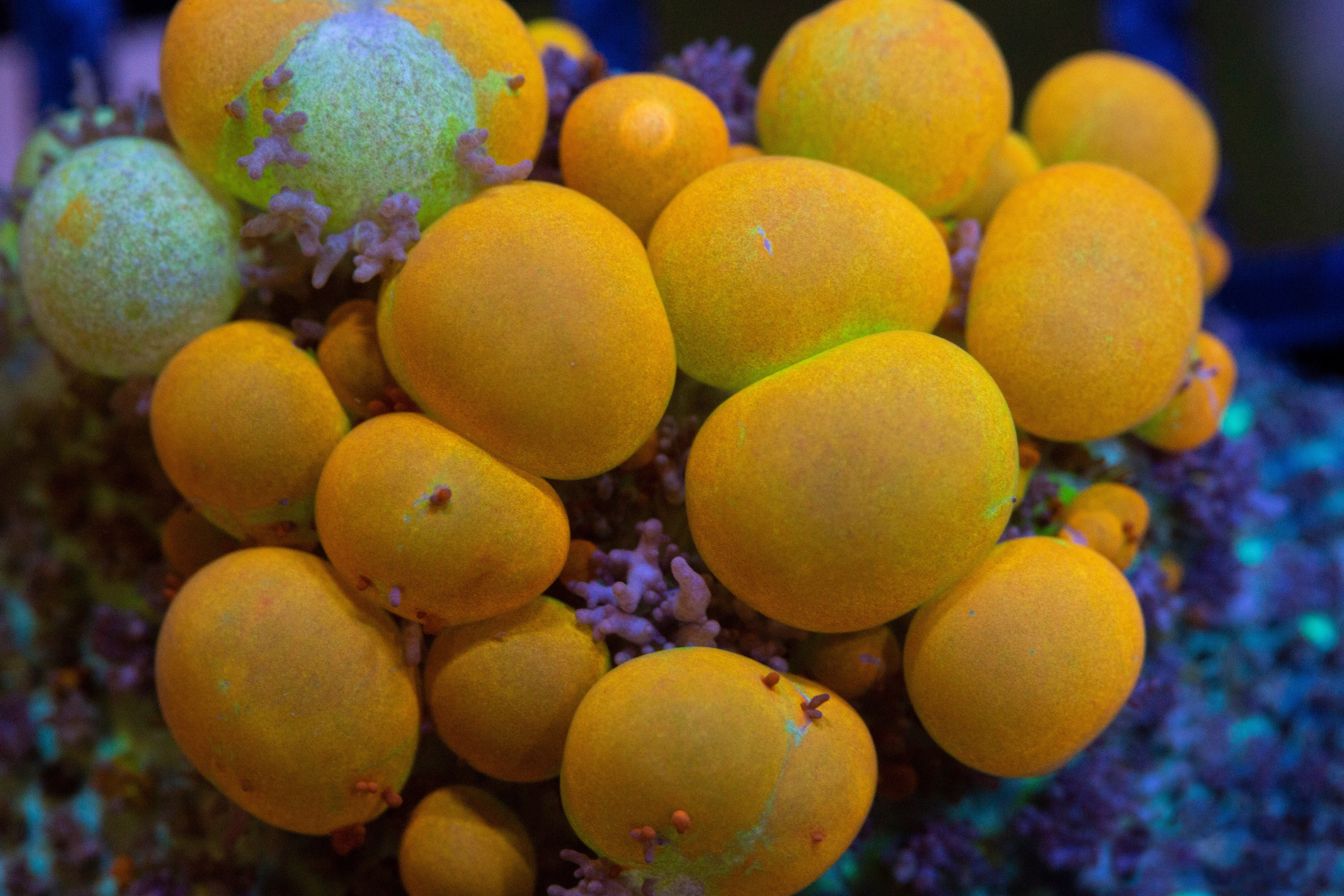
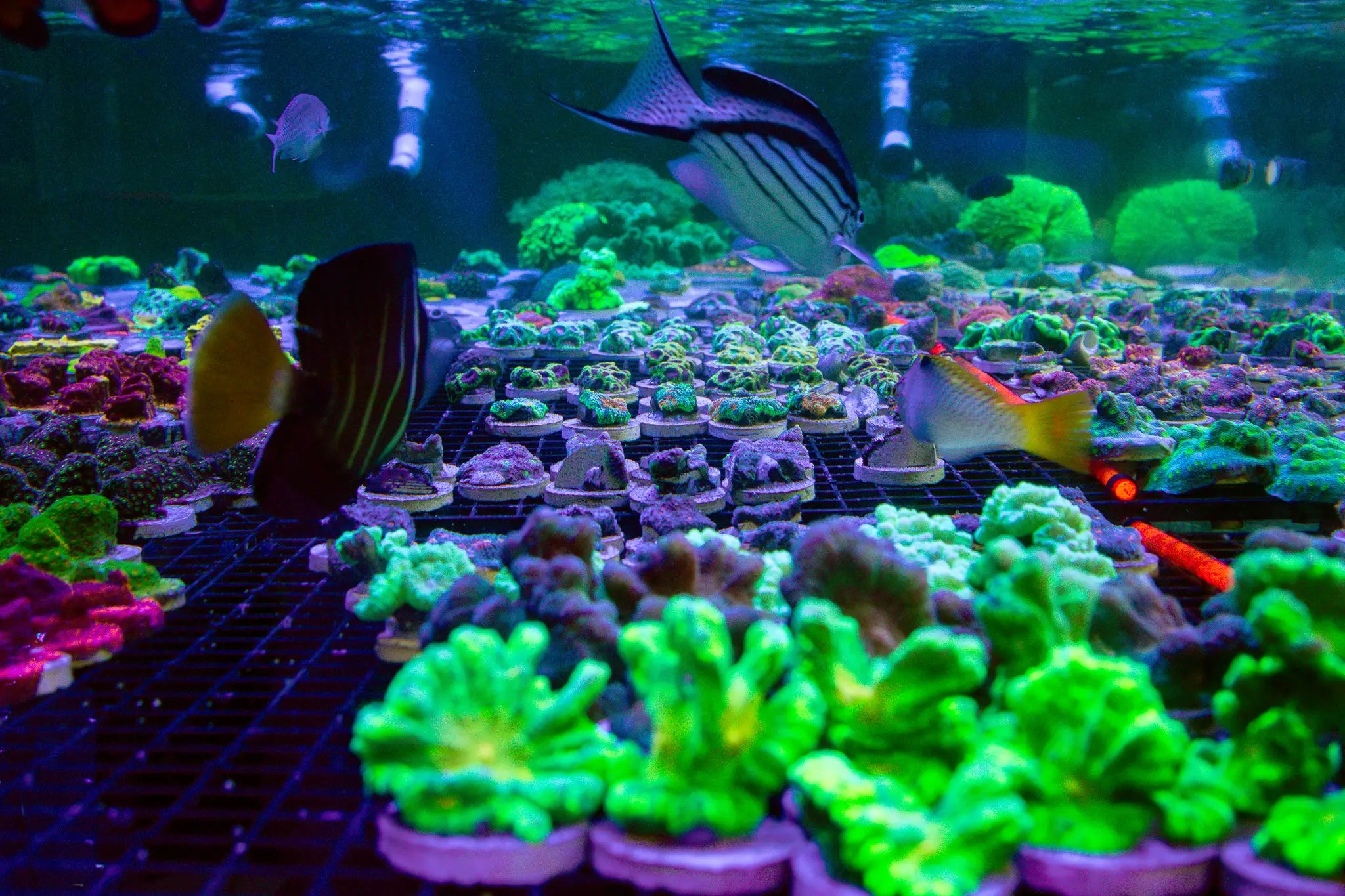

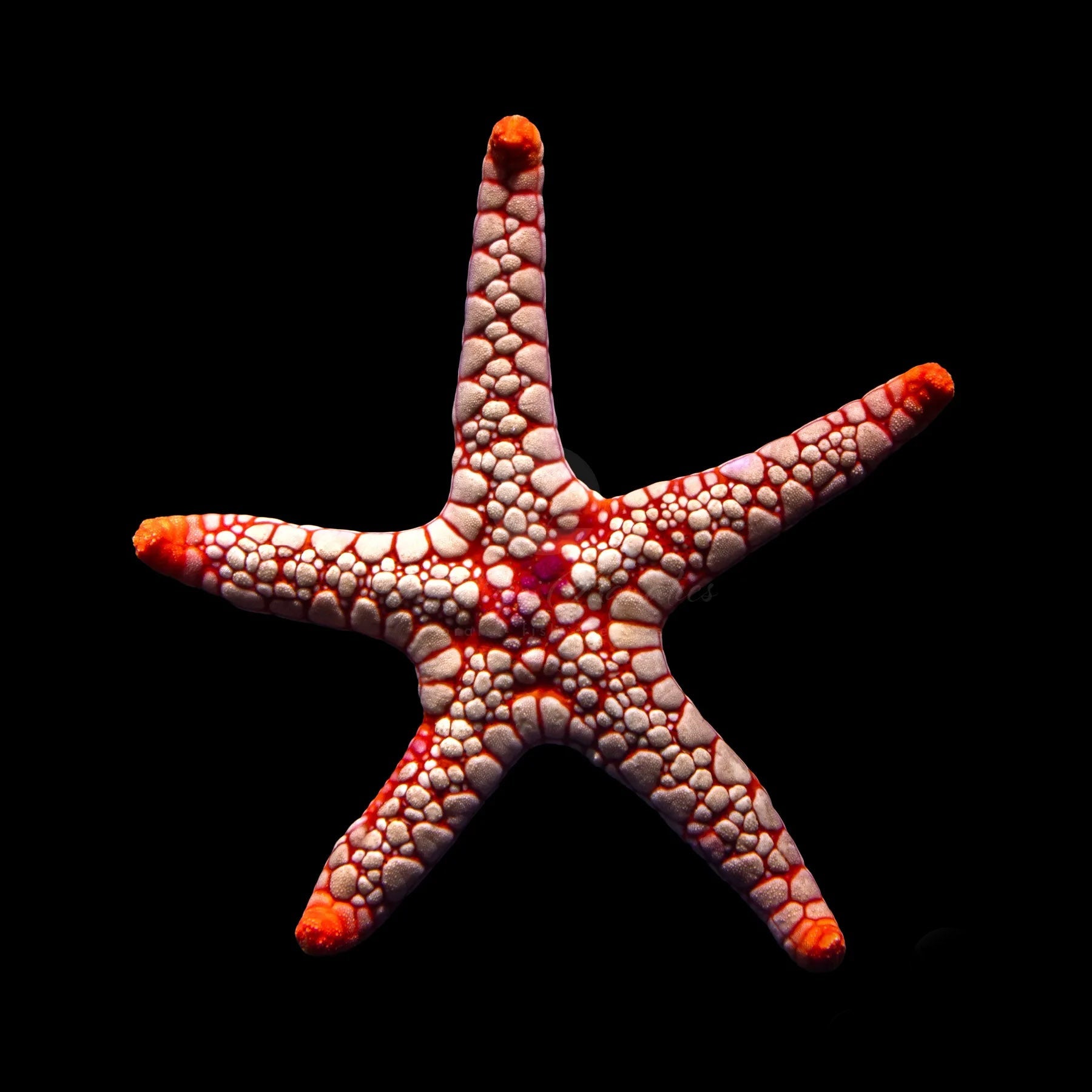
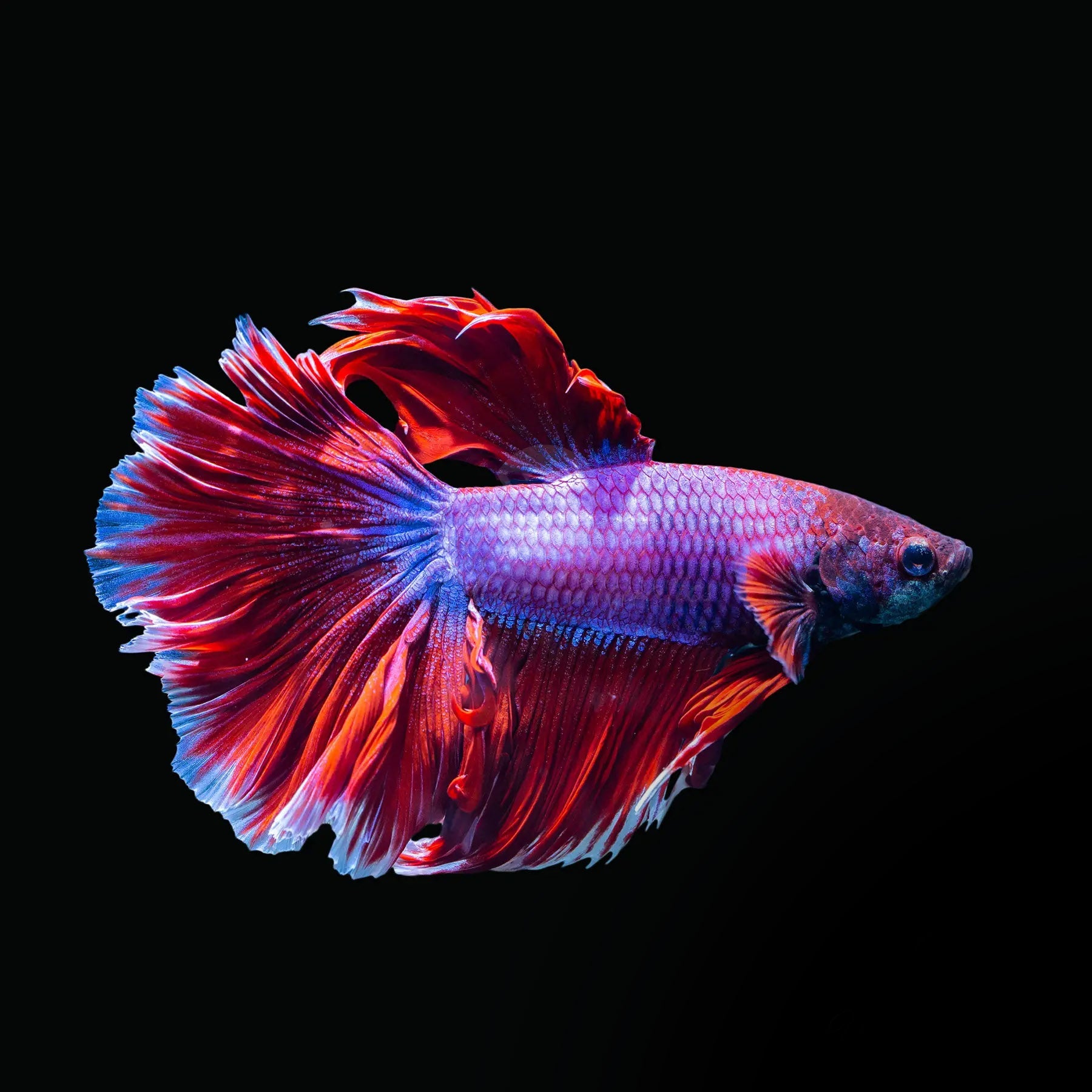
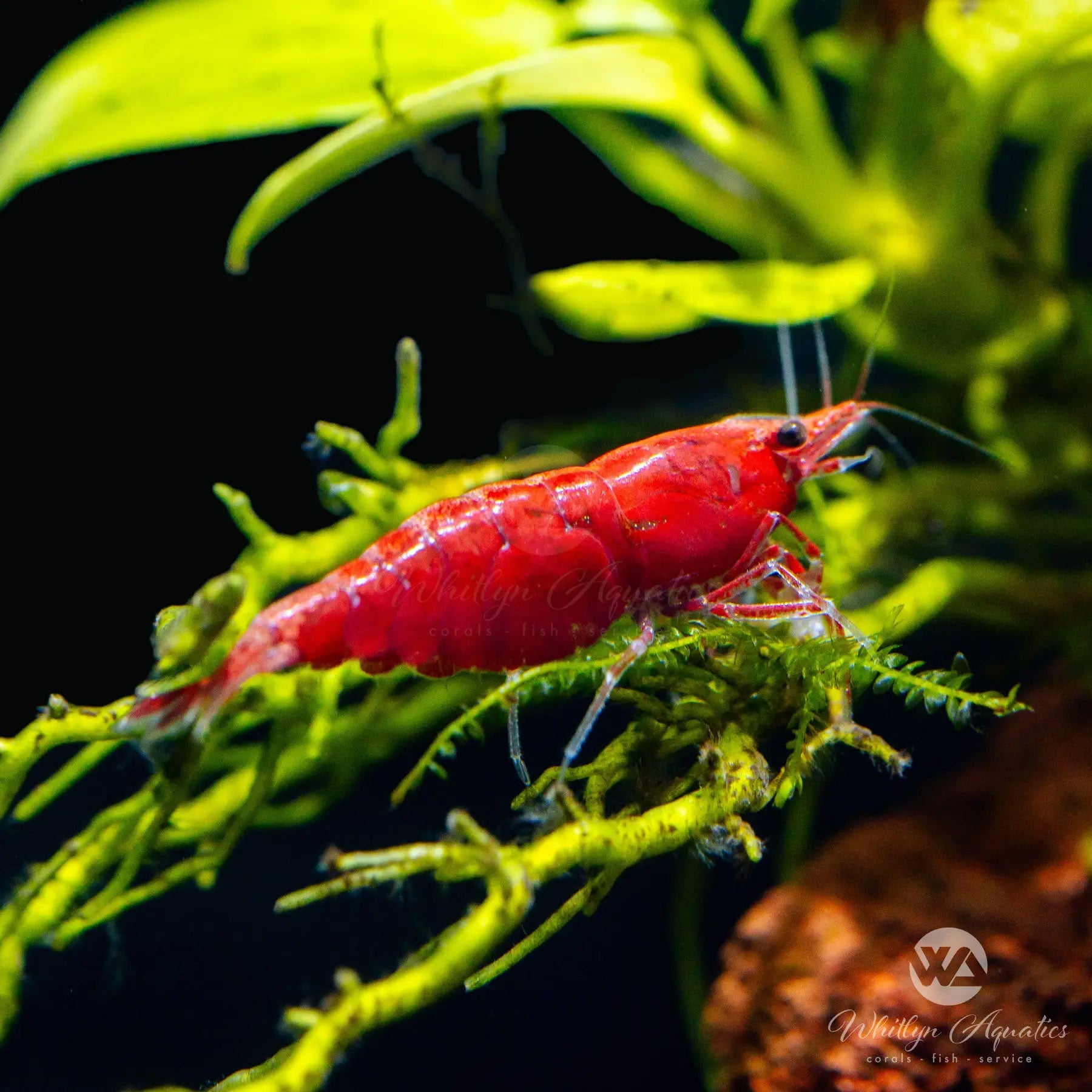
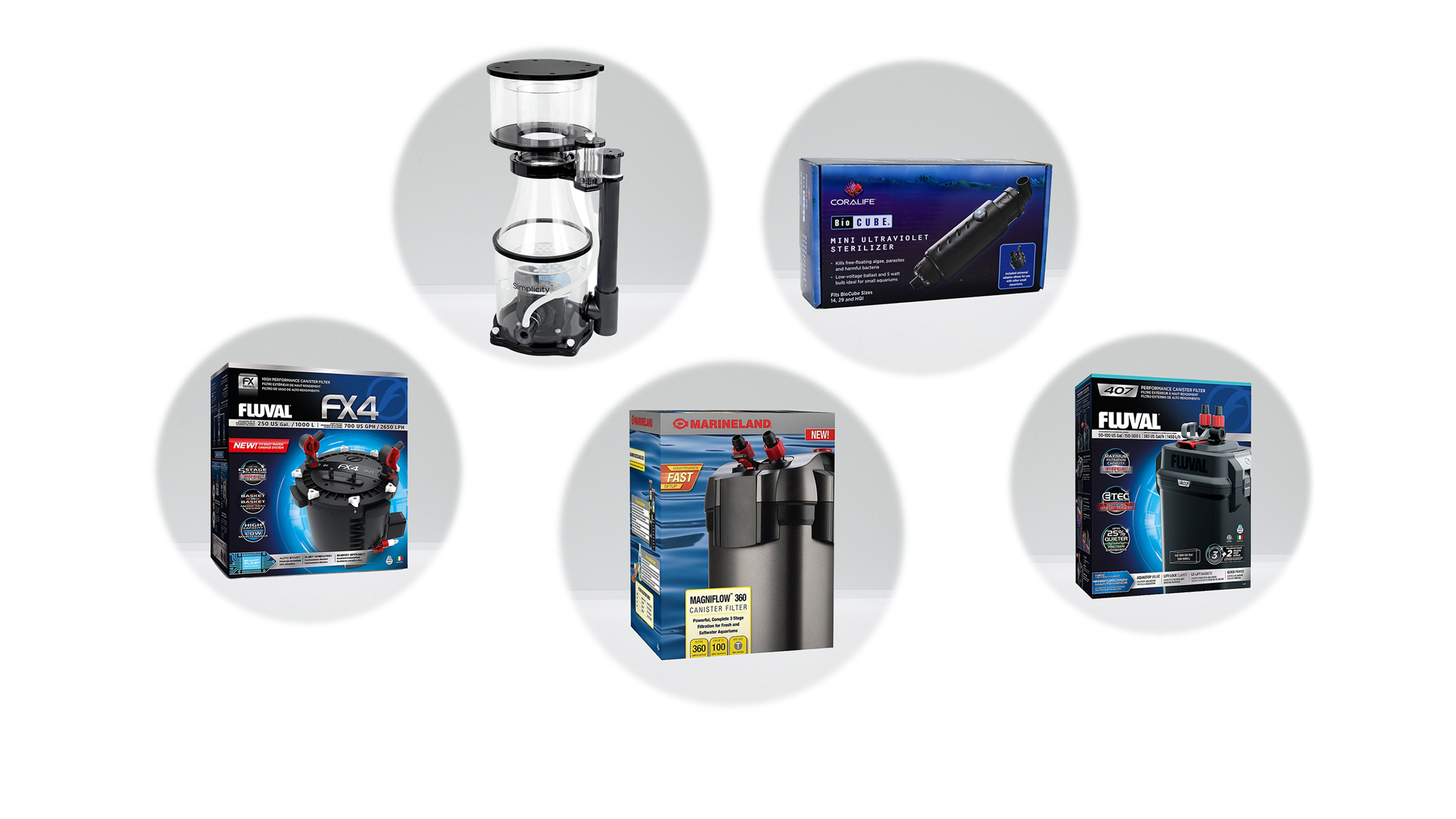
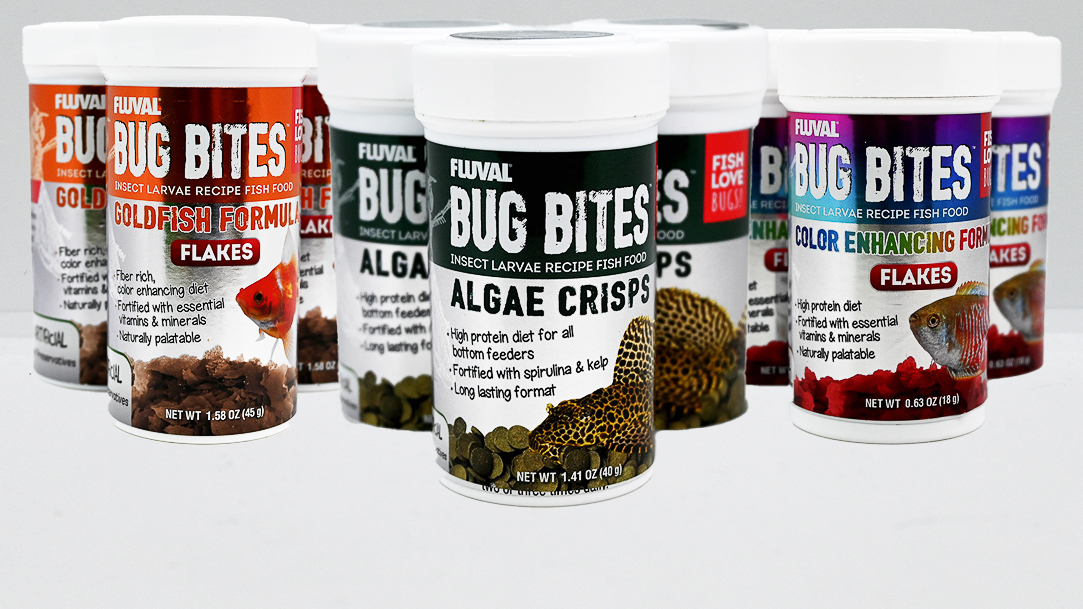
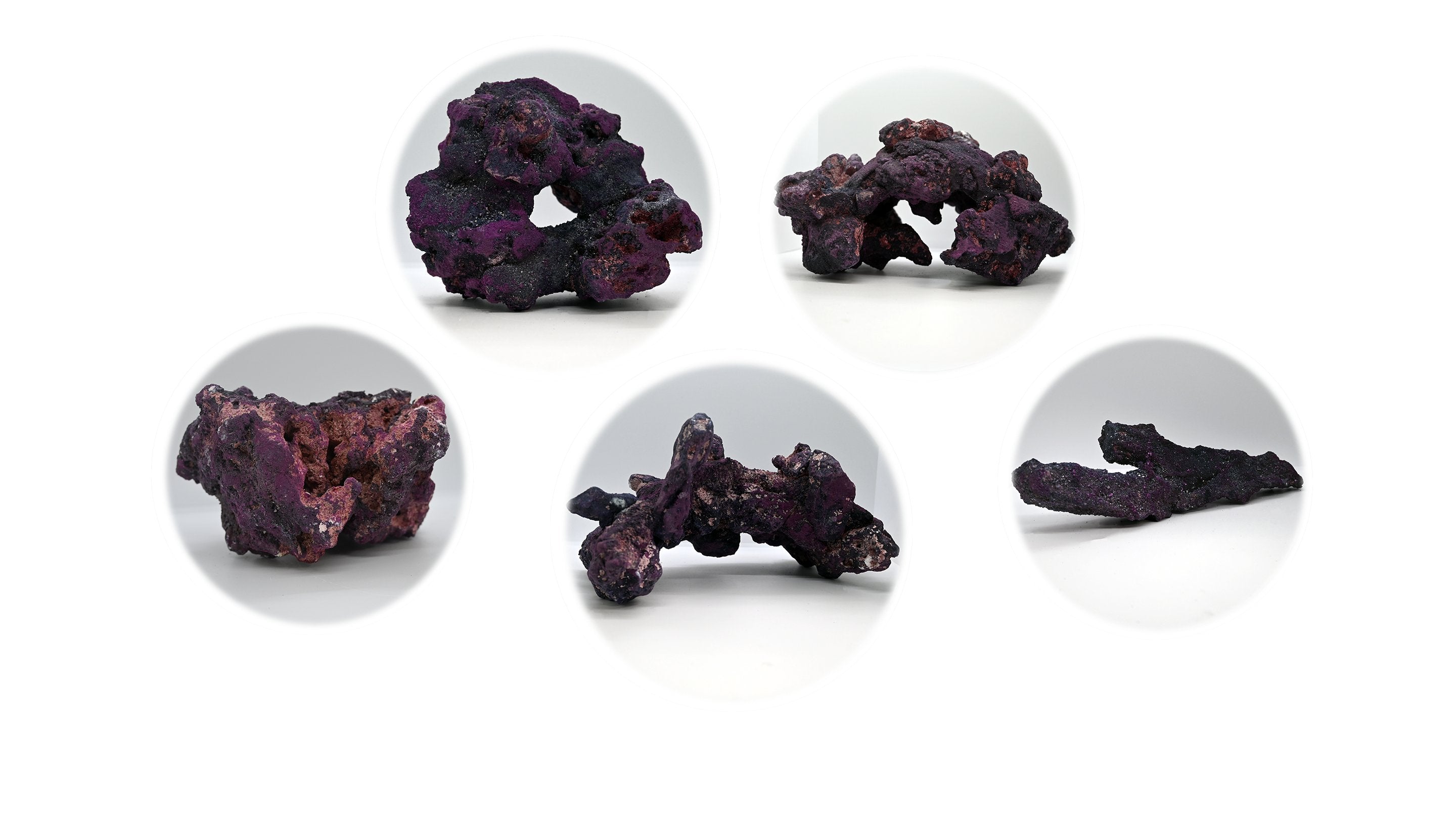
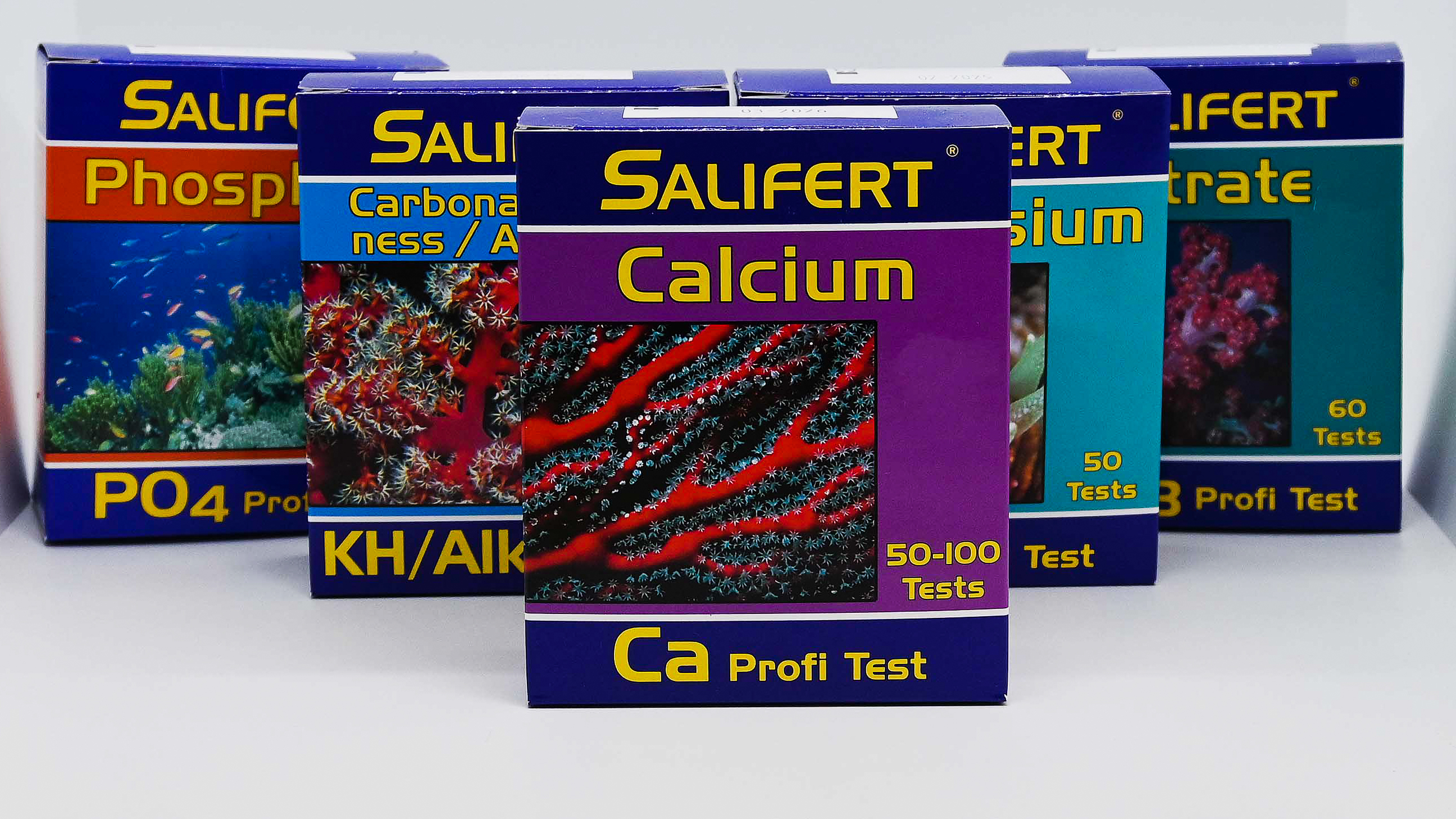
Leave a comment